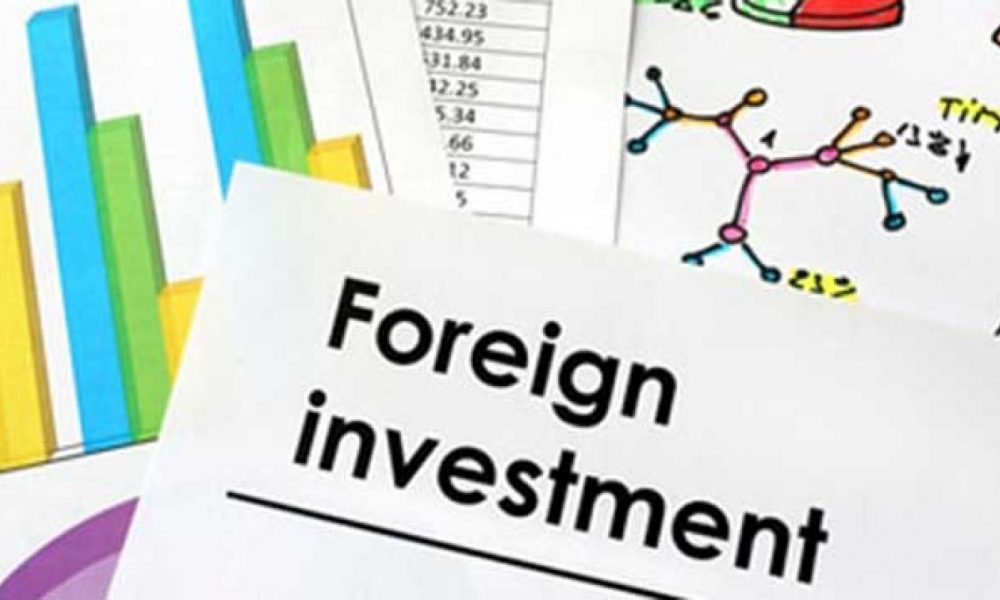- European investors remained by far the largest holders of foreign assets in Africa, led by the United Kingdom ($65 billion) and France ($60 billion).
- Southern Africa, East Africa and West Africa saw FDI flows rise; flows in Central Africa remained flat, and North Africa declined.
Foreign direct investment (FDI) to African countries hit a record $83 billion in 2021, according to UNCTAD’s World Investment Report 2022. This was more than double the amount reported in 2020 when the COVID-19 pandemic weighed heavily on investment flows to the continent.
Despite the strong growth, investment flows to Africa accounted for only 5.2% of global FDI, up from 4.1% in 2020. While most African countries saw a moderate rise in FDI in 2021, around 45% of the total was due to an intrafirm financial transaction in South Africa.
The World Investment Report focuses on trends in foreign direct investment (FDI) worldwide, at the regional and country levels, and measures to improve its contribution to development.
It also analyses global value chains and the operations of multinational enterprises, with special attention to their development implications. Below are key highlights and statistics from the report.
European investors remained by far the largest holders of foreign assets in Africa.
Southern Africa, East Africa and West Africa saw flows rise; flows in Central Africa remained flat and in North Africa declined:
According to the report, the largest investors by the number of projects in Africa were led by the United Kingdom ($65 billion) and France ($60 billion). Other countries on the top 10 list include the Netherlands, the United States, China, Italy, Singapore, Switzerland, and India. Additionally, South Africa remained the most extensive investor in other African countries.
- Southern Africa, East Africa and West Africa saw flows rise; flows in Central Africa remained flat and in North Africa declined:
FDI to Southern Africa increased almost tenfold to $42 billion
FDI to Southern Africa jumped to $42 billion due to a large corporate reconfiguration in South Africa in the third quarter of 2021. The strong increase was due primarily to a large corporate reconfiguration in South Africa – a share exchange between Naspers and Prosus in the third quarter of 2021.
Investment flows to Mozambique grew by 68% to $5.1 billion. Meanwhile, investment flows to Zambia remained negative at -$457 million, a steep fall from -$173 million in 2020, due mostly to a $1.5 billion copper mine divestment by Swiss-based Glencore to state-owned ZCCM Investments Holdings.
West Africa sees FDI increase by 48% to $14 billion
FDI in West Africa increased by 48 per cent to $14 billion. Nigeria saw its flows double to $4.8 billion, mainly from the resurgence in oil investment and expansion in gas. International project finance deals in the country jumped to $7 billion, with some large projects in residential and commercial real estate projects.
Flows to Ghana rose by 39 per cent to $2.6 billion, owing to projects in extractive industries. At the same time, Senegal also saw a notable 21% increase in FDI, which reached $2.2 billion. The country registered a 27% rise in announced greenfield projects.
Investment flows to East Africa increased by 35% to $8.2 billion
FDI to East Africa grew by 35 per cent to $8.2 billion. Flows to Ethiopia reached $4.3 billion due to a tripling of Chinese investment. FDI to Uganda rose by 31 per cent to $1.1 billion, while Tanzania’s FDI rose by 35 per cent to $922 million.
FDI to North Africa declined by 5% to $9.3 billion in 2021
Flows to North Africa fell by 5 per cent to $9 billion. Egypt saw its FDI drop by 12 per cent as large investments in exploration and production agreements in extractive industries were not repeated. Despite the decline, the country was the second largest host of FDI on the continent. Flows to Morocco rose by 52 per cent to $2.2 billion.

Leave a Reply